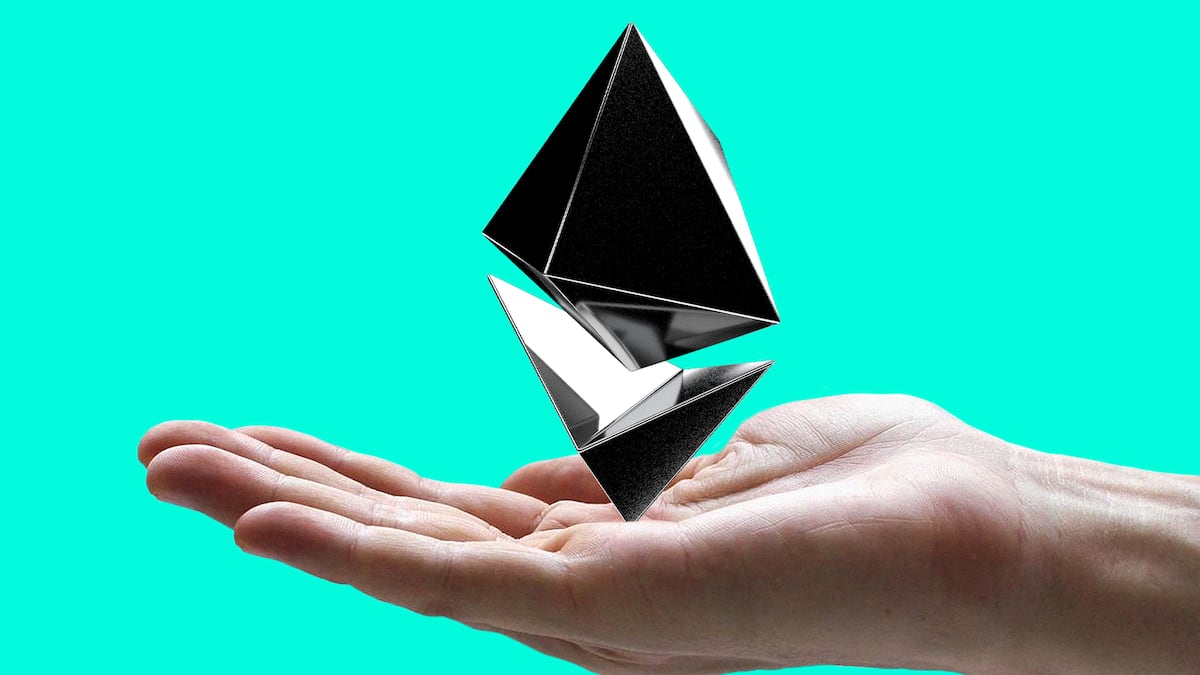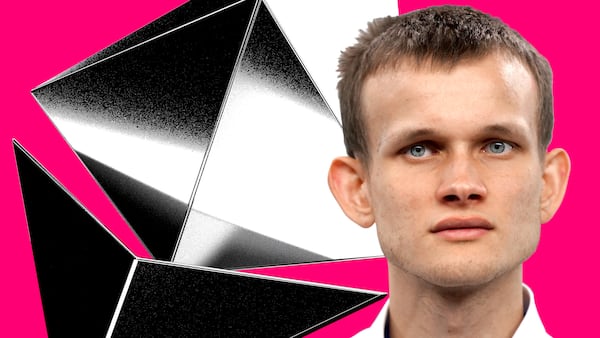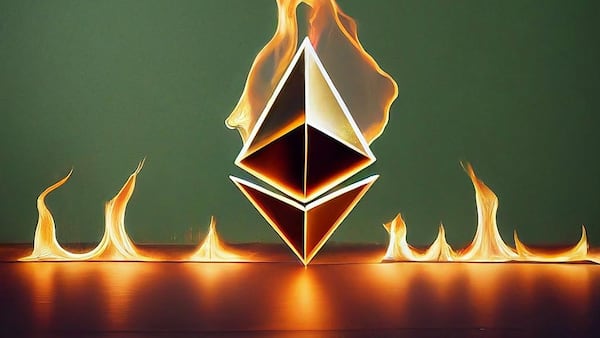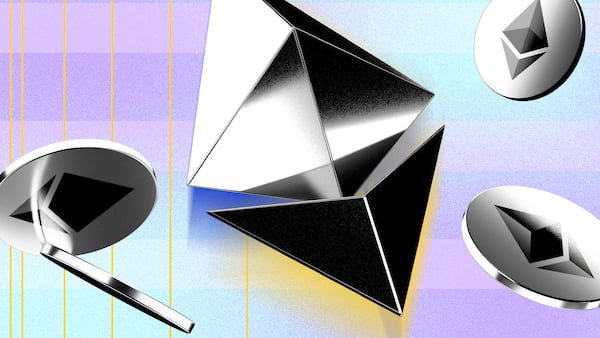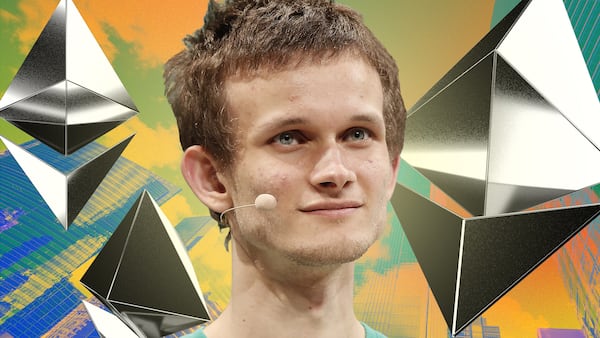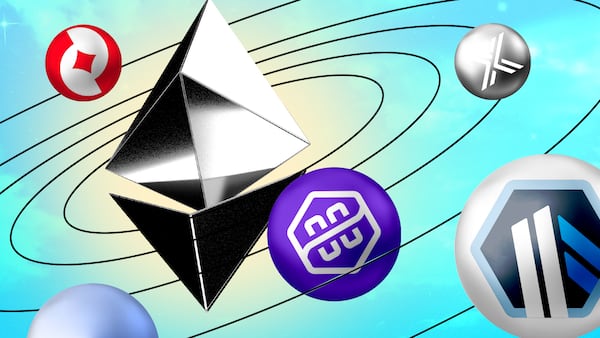- A major Ethereum upgrade, Pectra, went live on Wednesday.
- Pectra brings improvements to the user experience, layer 2 blockchains, and validators.
- “This is where Ethereum starts feeling like a modern network,” a contributor to Optimism said.
Ethereum’s largest upgrade to date went live Wednesday morning, streamlining the blockchain’s clunky user experience, something long considered a barrier to mass adoption.
The upgrade, dubbed Pectra, went live just after 10am London time on Wednesday.
Ethereum’s annual upgrade cycle has brought major changes over the past several years.
In 2022, a monumental upgrade dubbed “the Merge” changed Ethereum’s consensus mechanism, reducing the blockchain’s energy use by an estimated 99%.
It did that by changing the way Ethereum approves transactions and adds them to the chain, replacing its original, Bitcoin-style method for another called staking, in which users secure the network by locking away their Ether in exchange for a modest annual reward.
In 2023, Ethereum developers enabled the withdrawal of staked Ether, freeing billions in locked capital. In 2024 they slashed the cost of using affiliated layer 2 blockchains by as much as 98%.
In Pectra, developers have opted instead for a grab-bag of smaller improvements. Those improvements dramatically increase functionality of the digital wallets needed to interact with Ethereum-based applications such as decentralised exchanges and lending protocols.
They also increase the capacity of layer 2 blockchains — ensuring fees on those blockchains remain relatively affordable even during periods when usage spikes — and the efficiency of validators, the computers that process transactions and add new blocks to the Ethereum chain.
“This is where Ethereum starts feeling like a modern network,” pseudonymous Optimism contributor Binji wrote on X. “Pectra reduces how many clicks it takes to do what you want.”
What’s in Pectra?
Users can now batch transactions and skip Ethereum’s seemingly endless supply of popups requesting approval of pending transactions.
Users can also pay transaction fees in any token. Previously, fees had to be paid in Ethereum’s cryptocurrency, Ether. Paying in tokens pegged to real-world currencies will give users a better sense of the true cost of each transaction.
“The Merge changed how the protocol works,” Binji wrote. “Pectra changes how Ethereum feels.”
Pectra also builds on last year’s upgrade, Dencun.
That upgrade introduced blobs, a form of data storage that layer 2 blockchains can use to submit compressed transaction data to Ethereum.
That brought the cost of transactions on layer 2 blockchains — already much cheaper than Ethereum itself — down to pennies on the dollar.
But layer 2 blockchains quickly became congested, and their dynamic transaction fees, which fluctuate based on activity, occasionally spiked above pre-Dencun levels.
By doubling the number of blobs Ethereum can handle, Pectra is expected to keep transaction fees on layer 2 blockchains relatively affordable — for now, at least.
On a developer call in January, Jesse Pollak, the lead developer of Coinbase’s layer 2 blockchain, Base, said he expected usage to outpace Ethereum updates.
His colleagues projected a 10- to 20-fold increase in demand in 2025, he said, far more than the additional capacity Pectra adds.
“Right now, we are not well positioned to capture that demand.”
Finally, Pectra will allow validators to consolidate their staked capital, which had to be managed in separate batches of 32 Ether. Now, validators can manage up to 2,048 Ether at once. That means less overhead cost for their operators.
“Pectra is Ethereum remembering what it’s for,” Binji wrote. “Not just for resilience. Not just for scale. For users.”
Price pain
But it doesn’t address a key gripe about Ethereum: the underperformance of its cryptocurrency relative to major rivals like Bitcoin and Solana.
Ether has failed to live up to its status as “ultrasound money,” Ethereum Foundation researcher Justin Drake said in February. Its supply was supposed to drop, its value was supposed to rise.
Even as Bitcoin and Solana hit all-time highs after the election of “crypto president” Donald Trump in the US, Ether topped out at $4,000 in December, well short of the all-time high of $4,800 it hit back in 2021.
Amid market chaos triggered by Trump’s tariff policies last month, Ether fell faster than other major cryptocurrencies, hitting a two-year low just above $1,400.
Critics have blasted developers’ decision to focus on the cheaper, faster layer 2 blockchains built atop Ethereum as the route to mass adoption, arguing those blockchains consume so little Ether in the form of transaction fees that the promise of an ever-decreasing supply — and ever-increasing price — has failed to materialise.
Things have changed somewhat since a shakeup at the Ethereum Foundation, a richly-endowed Swiss nonprofit that contributes to the blockchain’s ongoing development.
New leadership has said they intend to focus on making Ethereum cheaper and more performant, rather than solely outsourcing the affordability push to layer 2 developers.
Fusaka
Ethereum Foundation leaders have yet to say when those changes might come or what they might entail. In the meantime, Ethereum’s next major upgrade, dubbed Fusaka, is expected in the latter half of this year.
Developers say Fusaka will improve the blockchain’s decentralisation.
Each computer that makes up Ethereum’s distributed network must download all the data in each new blob submitted by layer 2 blockchains.
After Fusaka, the computers will only need to download a portion of each blob while using cryptography to confirm the accuracy of the remaining information downloaded by other computers in the network.
That will dramatically boost the blockchain’s ability to process blobs, according to independent Ethereum researcher Christine Kim.
Aleks Gilbert is DL News’ New York-based DeFi correspondent. You can reach him at aleks@dlnews.com.


